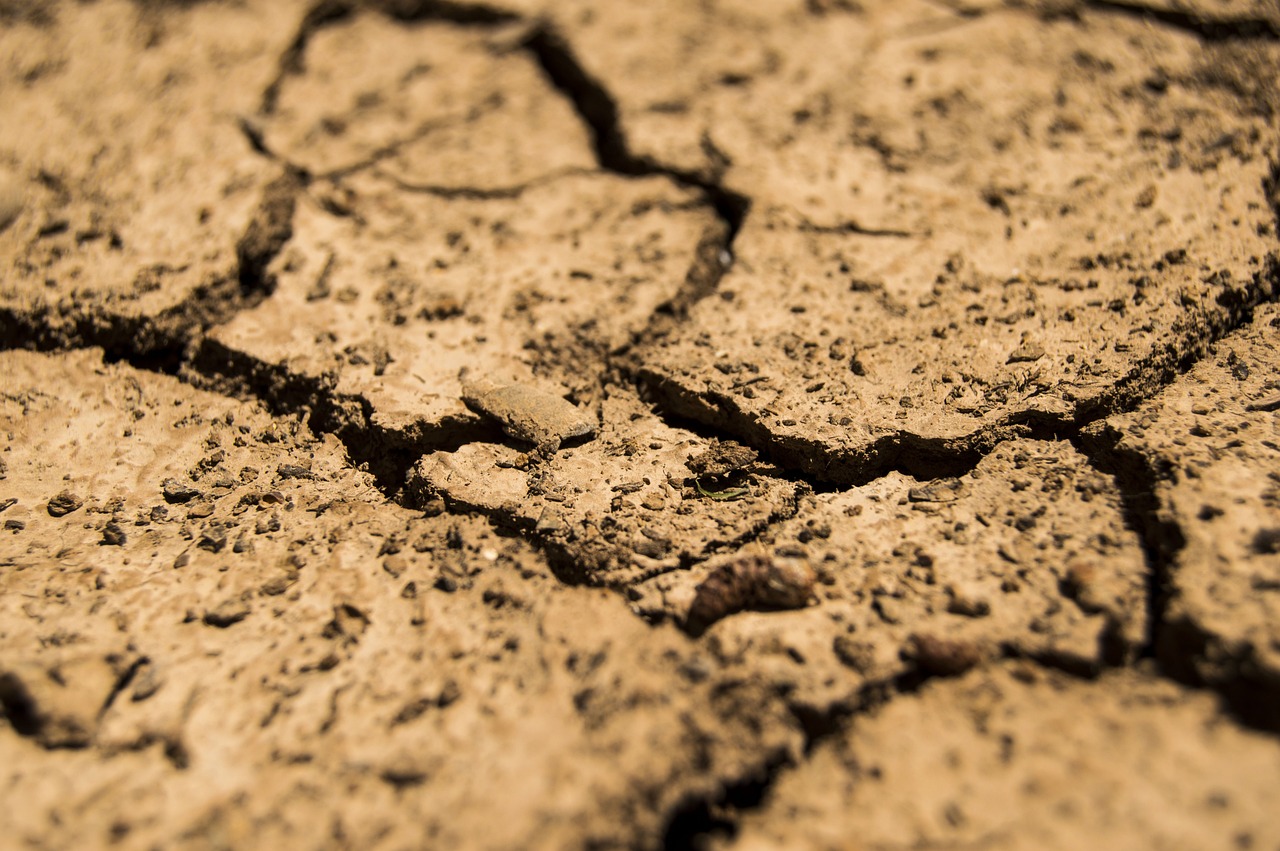Article Title:De-mystifying pottery production in the Maya lowlands:: Detection of traces of use-wear on pottery sherds through microscopic analysis and experimental replication
Abstract:
During the Late Classic period at the site of Kaxob in Belize, Central America, inhabitants recycled ceramic fragments as tools for the making of pottery. Considering pottery as a tool is by no means an easy task and requires, for its study, significant methodological innovation. The Kaxob pottery tools demanded a comprehensive study to determine their use and function within this widespread economic activity. Research presented here incorporated fabrication of replicas of archaeological pottery tools and their experimental use for the making of ceramic vessels. Combined microscopic analysis of archaeological and fabricated tools defined and reproduced wear traces from use activities. Therefore, this investigation entails a methodological innovation to archaeology, yielding a broader perspective into prehistoric technologies.
Keywords: Mesoamerica; Late Classic Period; maya; pottery; use-wear analysis; experimental archaeology; materials science
DOI: 10.1006/jasc.2002.0760
Source:JOURNAL OF ARCHAEOLOGICAL SCIENCE
Welcome to correct the error, please contact email: humanisticspider@gmail.com



